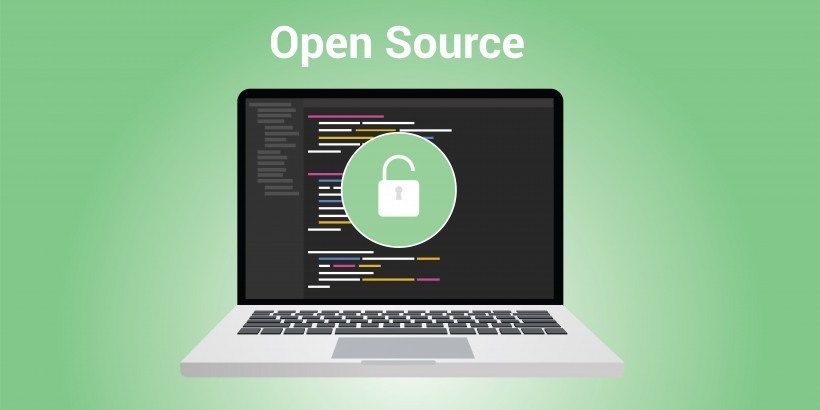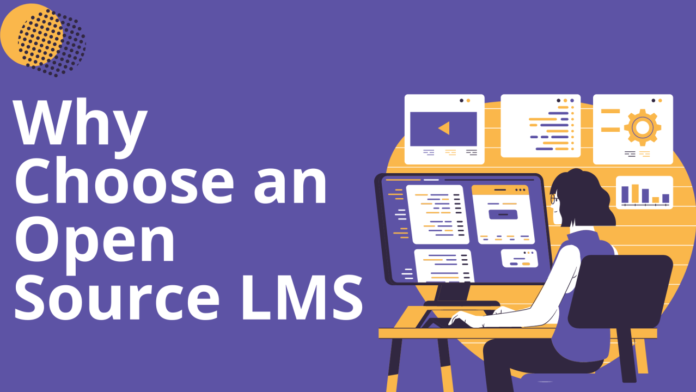As the demand for online education and corporate training grows, choosing the right Learning Management System (LMS) is crucial for educators, eLearning developers, and organizations. Open-source LMS platforms offer flexibility, cost-effectiveness, and customization options, making them an attractive choice for those looking to create scalable and personalized learning environments.
This guide will help you evaluate and select the best open-source LMS for your needs, considering features, scalability, community support, and usability.
What is an Open-Source LMS?
An open source lms is a learning management system whose source code is freely available to users. This allows developers, schools, and businesses to modify, customize, and enhance the platform according to their needs. Unlike proprietary LMS platforms, open-source LMS solutions are often free to use, though additional costs may arise for hosting, support, and custom development.
Key Factors to Consider When Choosing an Open-Source LMS 
1. Ease of Use and User Experience (UX)
A good LMS should offer an intuitive and user-friendly interface for both instructors and learners. Consider:
- Navigation and layout – Is the system easy to use?
- Mobile compatibility – Does it support responsive design for mobile learning?
- Accessibility compliance – Is it WCAG or ADA compliant for learners with disabilities?
2. Customization and Scalability
One of the biggest advantages of an open-source LMS is customization. Look for a platform that:
- Allows deep branding and design customization.
- Supports third-party plugins and API integrations.
- Can scale for large numbers of users and courses.
3. Course Management and Content Delivery
An effective LMS should provide robust course management tools, such as:
- Support for multiple content formats (videos, SCORM, PDFs, quizzes).
- Automated grading and assessment tools.
- Learning paths and competency-based learning.
4. Community and Support
A strong developer and user community ensures regular updates, security patches, and troubleshooting assistance. Before choosing an LMS, check:
- Active forums and documentation.
- Availability of paid support and hosting services.
- Regular software updates and security enhancements.
5. Integration and Compatibility
Your LMS should integrate with other educational tools, such as:
- Zoom, Google Meet, or Microsoft Teams for live classes.
- LTI (Learning Tools Interoperability) for external tools.
- E-commerce plugins for monetizing courses.
Top Open-Source LMS Platforms for eLearning 
1. Moodle
Best for: Universities, colleges, and large organizations.
Moodle is the most widely used open-source LMS, known for its flexibility, scalability, and extensive plugin ecosystem.
✔ Key Features:
- Customizable themes and plugins.
- SCORM, xAPI, and LTI support.
- Active global community.
❌ Drawbacks:
- Steeper learning curve for administrators.
- Requires hosting and technical setup.
2. Open edX
Best for: MOOCs (Massive Open Online Courses) and professional training.
Developed by Harvard and MIT, Open edX powers many high-profile online learning platforms.
✔ Key Features:
- Advanced analytics and reporting tools.
- Strong video learning and discussion forums.
- Supports adaptive learning paths.
❌ Drawbacks:
- Complex installation process.
- Requires significant server resources.
3. Chamilo
Best for: Small to mid-sized businesses and training programs.
Chamilo offers a lightweight LMS with a focus on corporate training.
✔ Key Features:
- Built-in course creation tools.
- Mobile-friendly design.
- Low server requirements.
❌ Drawbacks:
- Smaller community compared to Moodle.
- Fewer third-party integrations.
4. Canvas LMS
Best for: Schools and universities looking for a modern UI.
Canvas LMS is open-source but offers premium hosting options.
✔ Key Features:
- User-friendly and modern interface.
- Cloud-hosted options available.
- Strong integration with Google Classroom and Microsoft Teams.
❌ Drawbacks:
- Limited free support for self-hosted versions.
- Advanced features require paid add-ons.
Comparing Open-Source LMS Platforms
| Feature | Moodle | Open edX | Chamilo | Canvas LMS |
|---|---|---|---|---|
| Customization | ⭐⭐⭐⭐⭐ | ⭐⭐⭐⭐ | ⭐⭐⭐ | ⭐⭐⭐⭐ |
| Ease of Use | ⭐⭐⭐ | ⭐⭐⭐ | ⭐⭐⭐⭐ | ⭐⭐⭐⭐⭐ |
| Scalability | ⭐⭐⭐⭐⭐ | ⭐⭐⭐⭐⭐ | ⭐⭐⭐ | ⭐⭐⭐⭐ |
| Support Community | ⭐⭐⭐⭐⭐ | ⭐⭐⭐⭐ | ⭐⭐⭐ | ⭐⭐⭐⭐ |
| Best For | Universities | MOOCs | Corporate training | Schools |
Final Thoughts: Which Open-Source LMS Should You Choose?
The best open-source LMS depends on your specific needs:
- For universities and large institutions: Moodle offers robust customization.
- For MOOCs and large-scale online courses: Open edX is a great choice.
- For corporate training: Chamilo is lightweight and easy to use.
- For schools and modern learning environments: Canvas LMS is intuitive and well-supported.
Before implementing an LMS, consider hosting requirements, customization needs, and long-term scalability. Each of these platforms has its strengths, but the right choice depends on your eLearning goals.
If you’re looking for a powerful and flexible LMS solution, an open-source platform can provide the freedom and control needed to create an engaging learning experience.
